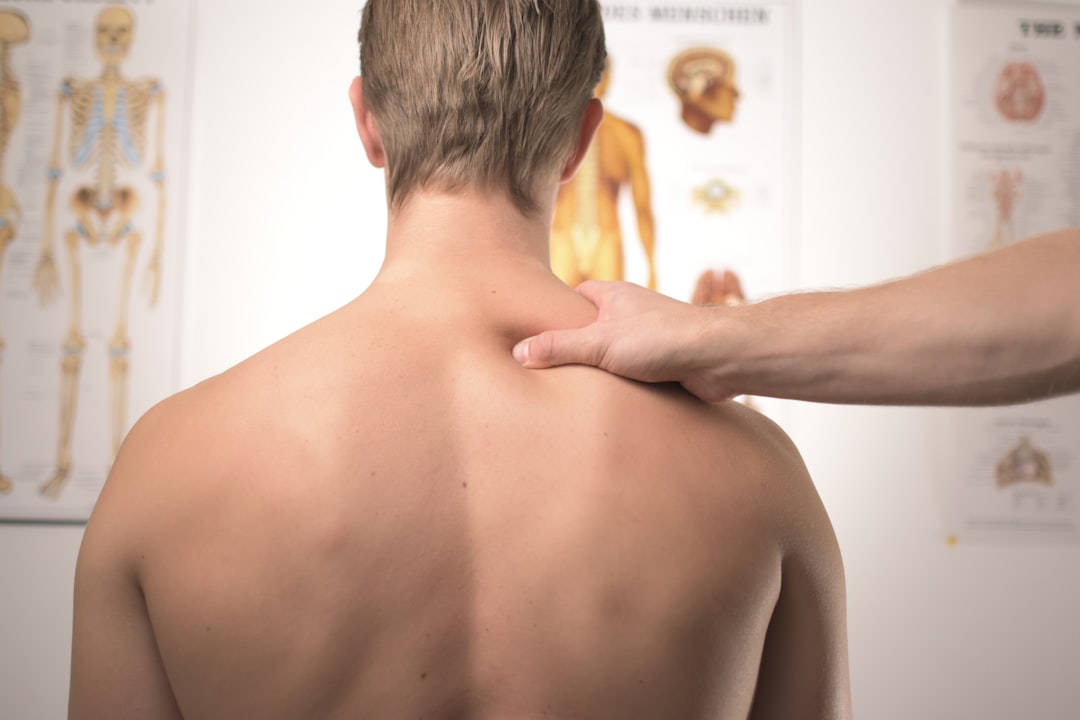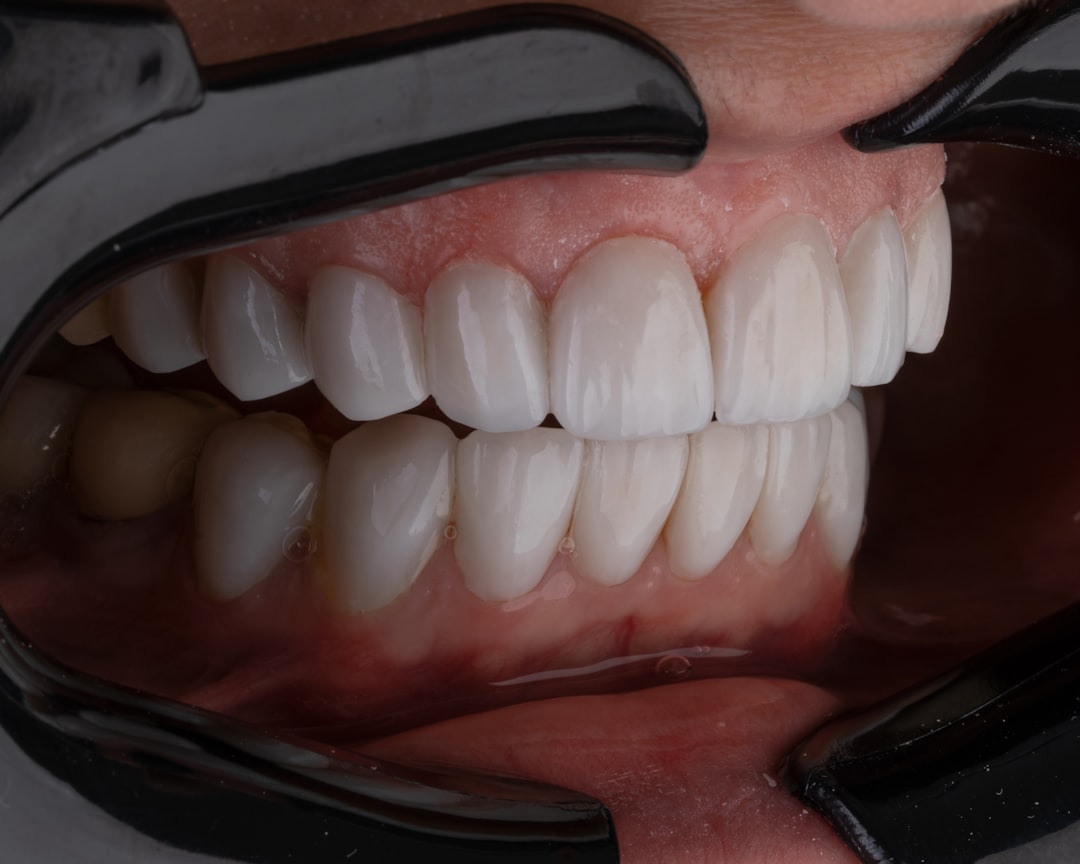What is it about?
Peri-implantitis is a pathological condition occurring in patients with dental implants and is characterized by inflammation in peri-implant tissues and loss of supporting bone. As peri-implantitis is caused by bacteria, the treatment of the disease should include anti-infective measures, and the goals of therapy should include disease resolution and preservation of supporting bone (Lindhe and Meyle 2008). Surgical therapy is required in the treatment of peri-implantitis to promote access for debridement of contaminated implant surfaces. The use of different decontamination procedures has included mechanical and chemical techniques, but no single method or combination of methods has been shown to be superior (Lindhe and Meyle 2008; Renvert et al. 2012). Adjunctive systemic antibiotic regimens were frequently applied in case series on the surgical treatment of peri-implantitis without evaluating their potential benefit (Graziani et al. 2012; Renvert et al. 2012). Results from preclinical in vivo studies on the surgical treatment of experimental peri-implantitis, however, demonstrated that resolution of the disease is possible in the absence of adjunctive systemic and local antimicrobial therapy (Albouy et al. 2011; Carcuac et al. 2015). Results from retrospective studies on the surgical therapy of peri-implantitis indicated varying degrees of successful outcomes (Charalampakis et al. 2011; Lagervall and Jansson 2013). The discrepancy in the onset and progression of the disease among patients and the large variation in treatment methods of surgical therapy of peri-implantitis, however, hampered analyses and conclusions. This study reports on a 1-y follow-up of patients enrolled in a prospective randomized controlled clinical trial aimed at investigating the adjunctive effect of systemic antibiotics and the local use of chlorhexidine for implant surface decontamination in the surgical treatment of peri-implantitis.
Featured Image
Why is it important?
The quality of reporting in clinical studies on the treatment of peri-implantitis was assessed in a systematic review by Graziani et al. (2012). It was reported that the literature is based on studies using small sample sizes with short-term follow-up and a diversity of interventions tested. A consensus report from the 8th European Workshop on Periodontology emphasized the need for identifying a standard mode of therapy for the treatment of peri-implantitis (Sanz and Chapple 2012). It was concluded that randomized controlled clinical trials are needed to test the hypothesis that adjunctive systemic antimicrobial therapy enhances treatment outcomes of the surgical therapy of peri-implantitis and that such parallel-arm, randomized controlled clinical trials should include an end-point assessment of at least 6 and 12 mo. The consensus report also recommended that a composite outcome of disease resolution should be used. This composite outcome should include an absence of deep probing pockets with bleeding or suppuration and no further bone loss (Sanz and Chapple 2012).
Read the Original
This page is a summary of: Adjunctive Systemic and Local Antimicrobial Therapy in the Surgical Treatment of Peri-implantitis, Journal of Dental Research, August 2015, SAGE Publications,
DOI: 10.1177/0022034515601961.
You can read the full text:
Contributors
The following have contributed to this page










